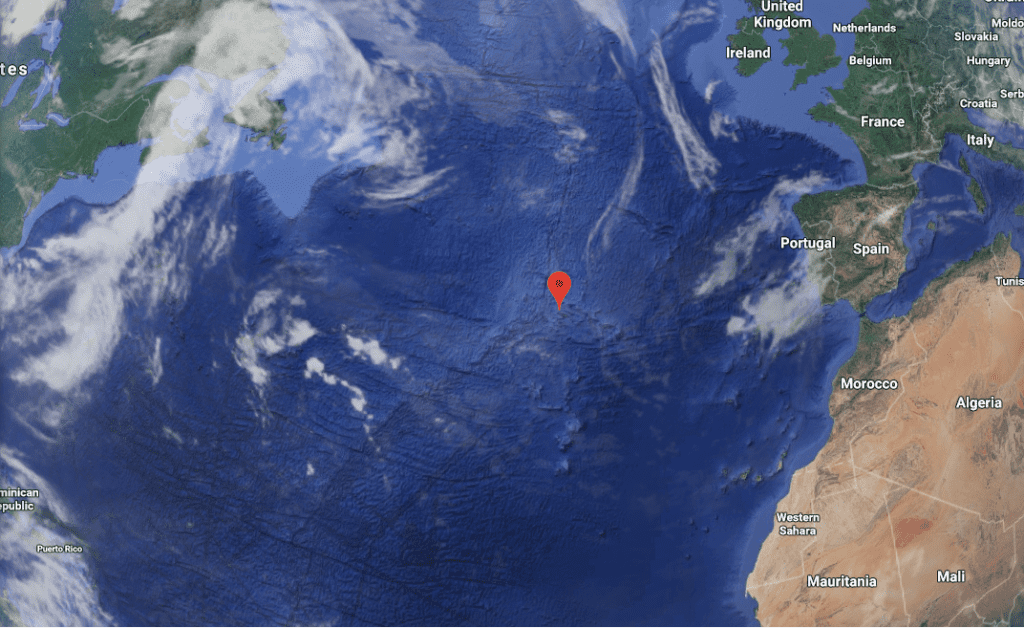Researchers have discovered a new hydrothermal vent near the Gigante Seamount in the Azores — Portuguese islands in the Mid-Atlantic region.

Surveying the pristine seas around the Azores Islands, researchers from the University of the Azores (IMAR–UAz) were thrilled to discover a previously unknown hydrothermal vent. Telmo Morato, ATLAS principal investigator at IMAR–UAz, who is leading the expedition dives, summed up the finding in just four words: “this is just fantastic!”
The reason why Morato is so excited is not only because he found a new hydrothermal vent — one of the rares and most unique ecosystems on Earth — but also because this one is much more easily accessible than other such systems, which makes it much easier to study. Hydrothermal fields are poorly understood so far, largely because they are so remote and difficult to study.
[panel style=”panel-default” title=”Hydrothermal vents” footer=””]Hydrothermal vents are essentially cracks in the planet’s surface from which geothermally heated water rises. They’re commonly found in volcanically active areas, where tectonic plates are moving apart at spreading centers, ocean basins, and hotspots.

Because this unusual setting provides heat and useful nutrients, the areas around submarine hydrothermal vents are biologically more productive, often hosting complex communities fueled by the chemicals dissolved in the vent fluids. Chemosynthetic bacteria and archaea form the basis of the food chain, which supports bizarre creatures such as giant tube worms, clams, limpets and shrimp.
Researchers are also very interested in hydrothermal vents since such environments are thought to exist on Jupiter’s moon Europa and Saturn’s moon Enceladus, where they may very well be capable of supporting life.[/panel]
The discovery was made using the Portuguese ROV “Luso”, which is capable of diving to a depth of a staggering 6,000 m. The vent itself lies at a depth of “only” 570 m, some 100 km away from the Faial Island, sometimes considered the westernmost point of Europe, even though tectonically it lies on the North American Plate.

The researchers have already found evidence that bacteria are growing in great numbers around these vents and are likely to support other, more complex life forms. Although the environment is dark and frigid, these chemosynthetic bacteria don’t need sunlight to survive and can form the base of surprisingly rich food chains. With heat also coming from the vent, all the conditions are met for supporting this type of ecosystem.
This unexpected discovery is a huge step forward for deep-sea exploration and the better understanding of these untouched ecosystems. Currently, only 3% of the ocean is protected, and the team is gathering more data to see if the newly-discovered vent fits the required criteria to be considered endangered.
Professor Murray Roberts, ATLAS Project coordinator at the University of Edinburgh, said:
‘This just shows how little we know about the deep sea, the largest ecosystem on our planet. Hydrothermal vents not only form oases of life in the deep ocean, but research over the last 20 years has shown the minerals they release also have important consequences for life throughout the ocean. As plans to mine deep sea minerals are developed around the world it’s absolutely essential we understand these relationships to protect the oceans and the support functions they provide to all life on Earth.’


